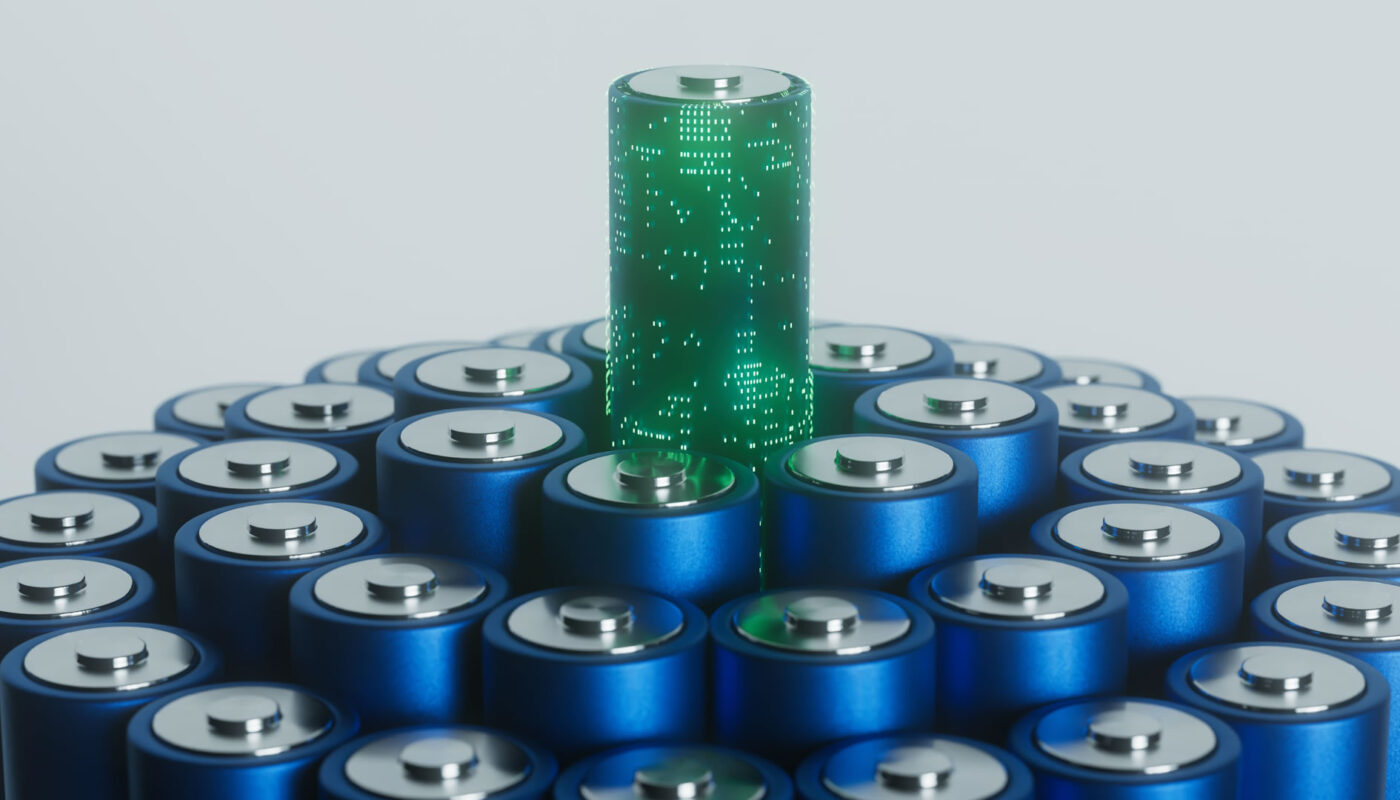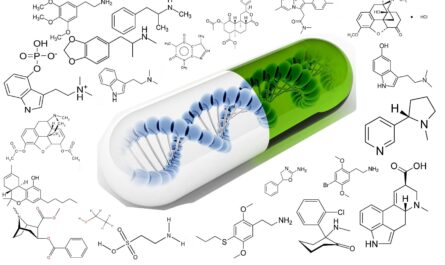Chemists at the U.S. Department of Energy’s (DOE) Brookhaven National Laboratory have made a breakthrough in enhancing the performance of lithium metal batteries by incorporating an electrolyte additive. The researchers successfully improved the charging rate of lithium metal batteries while maintaining a long cycle life by adding a compound called cesium nitrate to the battery’s electrolyte.
The study, published in Nature Communications, focused on enhancing the interphase—a protective layer that forms on the battery’s anode and cathode. This protective layer prevents degradation of the battery electrodes and is crucial in achieving lithium metal batteries that can be charged and discharged multiple times, similar to lithium-ion batteries.
The goal of the research was to improve the charging rate of the current generation of lithium metal batteries while also increasing their stability and lifespan. “We wanted to stabilize the batteries with a more protective interphase so they would last longer,” explained Muhammad Mominur Rahman, a research associate in the Electrochemical Energy Storage Group at Brookhaven.
In addition to stabilizing the battery, Rahman’s electrolyte additive unexpectedly altered the battery chemistry, challenging conventional beliefs about the components of an effective interphase. Enyuan Hu, a chemist at Brookhaven, expressed excitement about the potential implications of these findings for the DOE’s lithium metal battery research efforts. Brookhaven’s research is part of the Battery500 Consortium, which aims to develop batteries with an energy density of 500 watt-hours per kilogram—more than double the energy density of current state-of-the-art batteries.
Current lithium-ion batteries, commonly used in personal electronic devices and electric vehicles, cannot achieve this level of energy density. Therefore, lithium metal batteries, which have a lithium metal anode instead of a graphite anode, are being explored as a solution. These batteries offer twice the energy density of lithium-ion batteries but come with their own set of challenges.
The recent research at Brookhaven addressed one of these challenges—finding a balance between charging speed and cycle life. The electrolyte traditionally used to enable fast charging can react with the lithium metal anode, leading to decomposition and a reduced battery cycle life. To overcome this, the researchers focused on engineering the interphase.
Previous studies had suggested that a cesium additive could stabilize the lithium metal anode. However, to achieve a faster charging rate while maintaining cycle life, stabilization of both the anode and cathode is necessary. The Brookhaven scientists believed that cesium nitrate could serve this dual purpose. As hypothesized, the positive cesium ions accumulated on the negatively charged lithium metal anode side of the battery, while the negative nitrate ions accumulated on the positively charged cathode.
To gain a deeper understanding of how the cesium nitrate additive influenced electrolyte composition and battery performance, the researchers utilized the National Synchrotron Light Source II (NSLS-II) at Brookhaven Lab.
This breakthrough in enhancing the charging rate of lithium metal batteries is a significant advancement in the field of energy storage. By addressing the challenges associated with lithium metal batteries, such as stability and cycle life, this research brings us a step closer to developing more efficient and high-performance batteries, particularly for electric vehicles. With ongoing efforts in battery research and development, the future of electric transportation is becoming increasingly promising.



